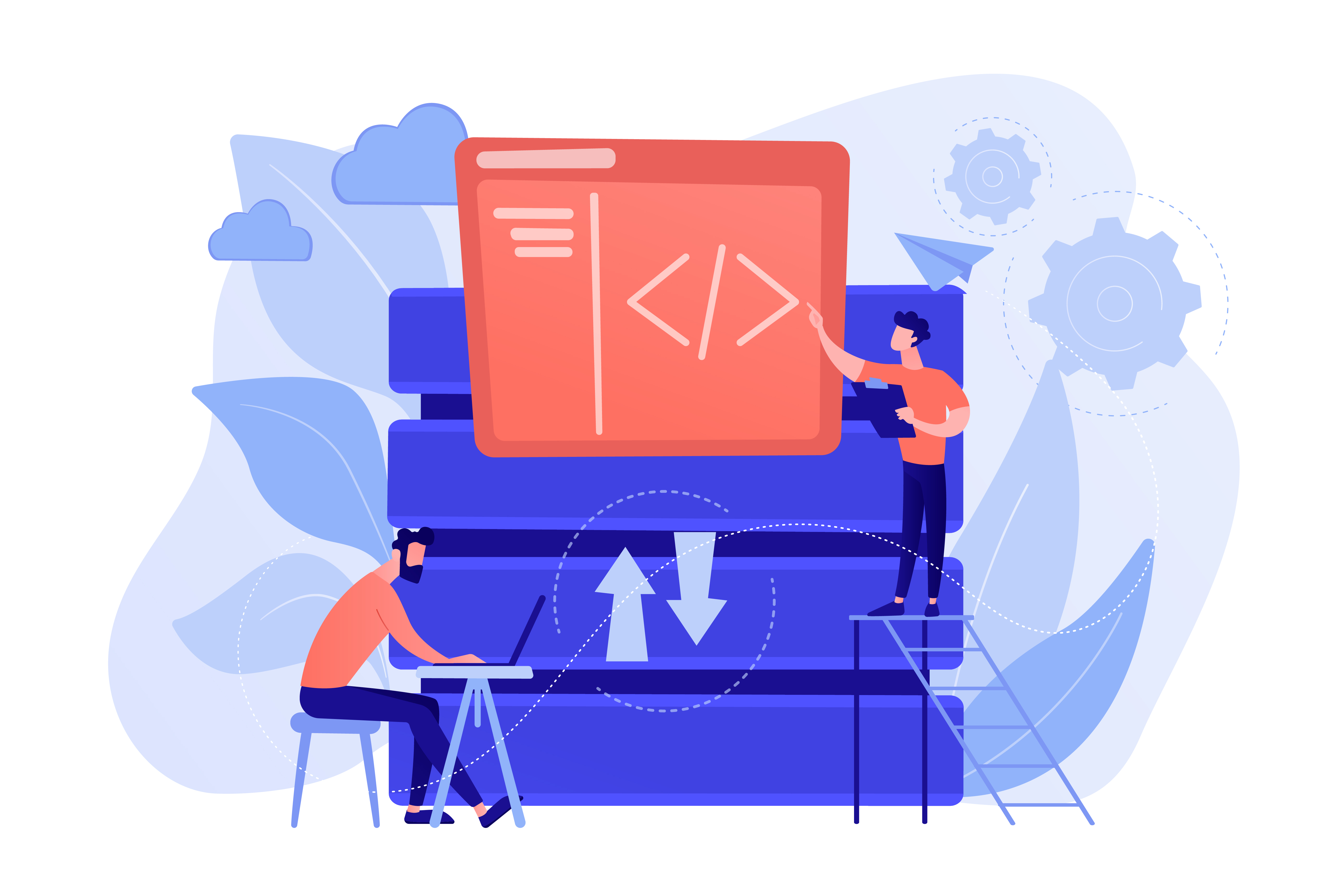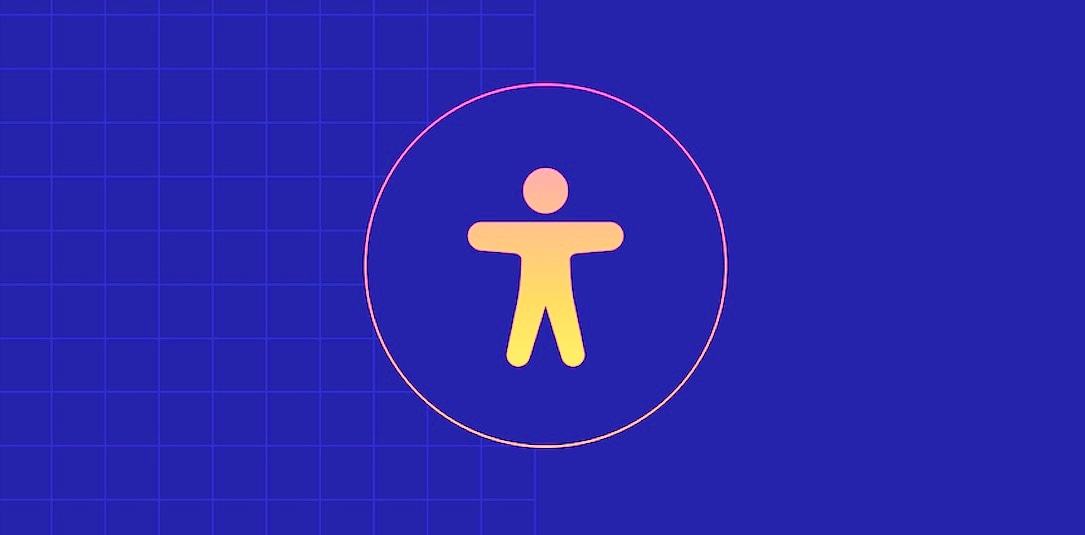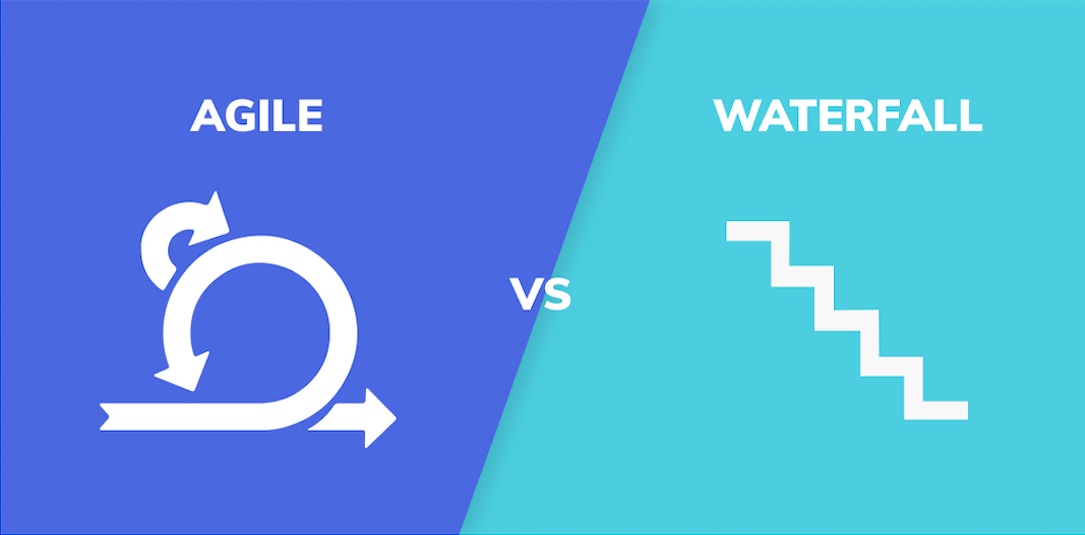Web Backend Development in a nutshell

What is backend development?
Web backend development is the backbone of every successful web application. While the frontend focuses on what users see and interact with, the backend handles the behind-the-scenes operations that make a website or web application functional and dynamic.
Web backend development involves creating the server-side logic, databases, and APIs that power web applications. It ensures that data is processed, stored, and delivered efficiently while maintaining security and scalability. The backend is responsible for tasks such as handling user authentication, managing data storage, and communicating with external services.
Typical user functions enabled by backend development in a web applications

Backend development creates a wide range of user functions that enable the functionality and interactivity of web applications. Here are some typical user functions created by backend development, just to name a few:
-
User Authentication: Backend systems manage user authentication, allowing users to create accounts, log in securely, and reset passwords.
-
Authorization: Backend code determines what actions a user can perform within the application, enforcing access control based on roles and permissions.
-
Profile Management: Users can update their profiles, change profile pictures, or edit personal information, and backend development ensures the data is stored and retrieved accurately.
-
Content Creation and Management: Backend systems handle the creation, modification, and deletion of content such as articles, blog posts, comments, and multimedia files.
-
Search Functionality: Backend development integrates search functionality that allows users to find specific content or information within the application.
-
Shopping Cart and Checkout: In e-commerce applications, the backend manages shopping cart functionality and facilitates secure checkout processes.
-
Payment Processing: Backend systems handle payment gateways, ensuring secure and efficient payment transactions for users making purchases.
-
Messaging and Notifications: Backend development enables real-time or asynchronous communication between users, including messaging and notification systems.
-
Social Media Integration: Applications often integrate with social media platforms, enabling users to share content, log in with social accounts, or post updates.
-
User Feedback and Support: Backend systems may collect user feedback, manage support tickets, and provide customer support functions.
Backend Technologies

Server-Side Languages
Backend developers typically work with server-side programming languages like Python, Node.js, Ruby, Java, or PHP. The choice of language depends on factors like project requirements, team expertise, and performance considerations.
At Skvad Digital we decided to use PHP, Laravel framework for backend development.
Beside many advantages of it on the development side, Laravel is good choice for clients as well:
-
Popular framework, easy to find experienced developers
-
Laravel has a quick development cycle system due to its powerful features and tools
-
Laravel is free and open source under active development
-
Security: Laravel does its best to protect the integrity of the application and the code itself. Data encryption, Password management, Route protection.
Databases
Databases are the heart of backend development. Developers can choose between relational databases like MySQL and PostgreSQL or NoSQL databases like MongoDB and Redis. Proper database selection and design are crucial for data integrity and application performance.
Building APIs
APIs (Application Programming Interfaces) serve as bridges between the frontend and backend, allowing them to communicate and exchange data seamlessly.
Backend developers design and implement APIs, choosing between RESTful or GraphQL architectures.
Types of APIs: REST vs. GraphQL
-
RESTful APIs: Representational State Transfer APIs are based on a set of architectural constraints. They use standard HTTP methods (GET, POST, PUT, DELETE) and have a stateless server-client interaction.
-
GraphQL APIs: GraphQL is a query language for APIs that allows clients to request exactly the data they need, reducing over-fetching or under-fetching of data. It provides more flexibility than traditional RESTful APIs.
Web backend development is a complex and dynamic field that plays a critical role in delivering robust and scalable web applications.
As web applications become more sophisticated, backend development will continue to be at the forefront of innovation, ensuring that applications are not only functional but also secure and performant.
Have a project?


